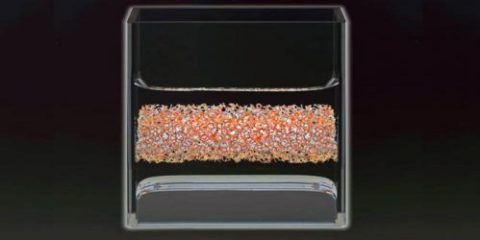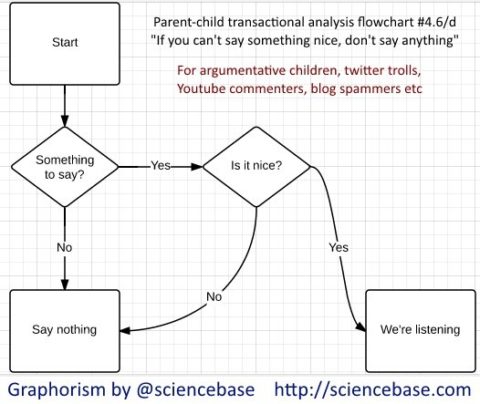My latest news story for Chemistry World is on the topic of stationary energy storage and a rather unique concept – liquid metal batteries.
Researchers at MIT have developed such a device, which could allow electricity generated by intermittent, but renewable sources, such as wind, solar and wave power. Such a battery could lower the overall costs of energy storage while also having the advantages of small physical footprint and mechanical simplicity.

Stanford University materials scientist Robert Huggins was very positive of the development:
“There is currently a large amount of research and development underway on energy storage in various types of batteries,” Huggins told me. “Much of this relates to various versions of lithium-based batteries. However, the invention of the three-level liquid metal battery by Sadoway and his co-workers at MIT is unique.”
Huggins points out that the work which uses three layers of liquid lithium, antimony and lead, which are maintained in the liquid state by electrical energy itself keeping it at 450 Celsius, “is leading to the development of an entirely different type of energy storage device, applicable to a different set of applications and technical requirements, in which size, weight and portability are not critical parameters. Instead, cost, high rate performance, safety and lifetime are most important,” he adds.
The approach has many advantages in terms of being safer than conventional batteries with solution electrolytes that can leak into the environment. If this battery fails the components freeze instantly and so cannot leach into the environment. “Characteristics of this new approach to energy-storage technology are especially applicable to large-scale energy storage, such as that which could be employed in connection with solar or wind energy systems. Intermittent cloud cover or sudden shifts in the velocity or direction of the wind can cause major rapid changes in the output of such important systems,” Huggins told me. “The development of new methods and technologies that can alleviate this transient problem is of great importance. The work of the Sadoway group is clearly one of the most interesting approaches to this problem. I think that it is important to give visibility to this important work, which is very different from what is being done in other laboratories throughout the world.”
I was slightly concerned with the fact that this system uses lead, but Sadoway pointed out an obvious benefit of using liquid metals over solutions. “Lead is not a problem as it is inside a sealed container,” he told me. “It’s not going to be venting or leaking into the environment. Safety is not an issue in the course of normal use. In fact, if the battery case were breached and the contents leaked, they would freeze. In this sense, a battery that is operative only at elevated temperature is safer than a battery that is operative at ambient temperature. If the case of a lithium-ion battery is breached, the contents can leak into the environment with attendant harm. Plus, we know that it is forbidden to ship lithium-ion batteries by air transport. The liquid metal battery, in contrast, can be safely shipped by any means since at room temperature the contents are solid metal and salt, i.e., totally disabled.”
My full news story: Molten metal batteries set to store grid power.
The image above by Felice Frankel shows a model of just such a liquid metal battery at room temperature, in a glass container. The bottom layer is the positive electrode. In the real battery this is an alloy of antimony and lead, represented here by mercury. The middle layer is the electrolyte – in reality, a mixed molten salt; here, a solution of salt in water. The top layer is the current collector of the negative electrode, a metal mesh of iron-nickel alloy.



